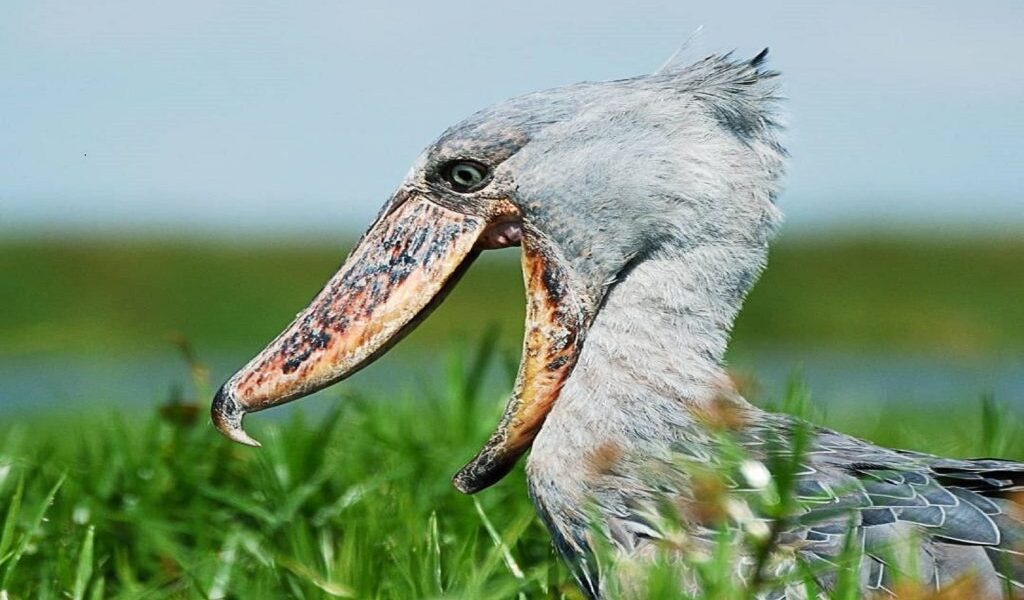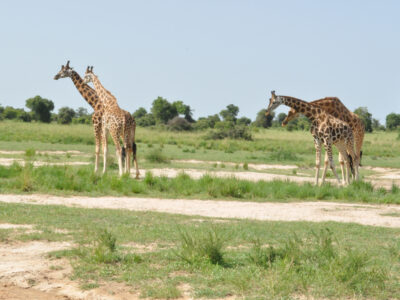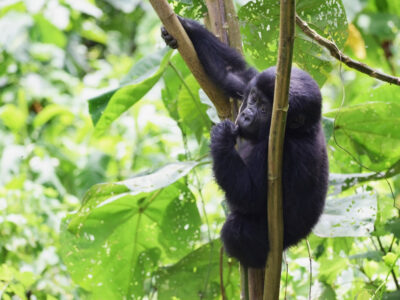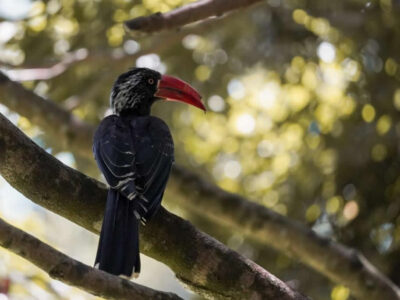On May 10th annually, the world celebrates World Migratory Bird Day (WMBD) to raise awareness about birds and the plight they face while migrating along routes known as flyways. Every year, millions of birds undertake the world’s longest and largest migrations, traveling thousands of kilometres, traversing continents in search of breeding, feeding and resting grounds. Birds play key roles in the environment including controlling pests during migration pollinating the crops humans depend on for food, and providing economic benefits through bird watching.
Bird-friendly Cities and Communities is the theme year’s WMBD theme highlights the need for healthy coexistence between birds and humans, in the face of expanding urban developments, made worse by the changing climate. Birds are key indicators of environmental health, which makes them global barometers for assessing human impacts on ecosystems. Rapid urbanization, experienced in Africa and elsewhere poses a significant risk to birds and biodiversity. Many at times, these developments take place without careful consideration of the bird populations needs, thus damaging their habitats. Consequently affecting ecosystems, habitat disruption also creates opportunities for invasive alien species to thrive.
Urbanization has led to a decrease in the variety of bird species in addition to shrinking of their roles in the ecosystem according to 2024 study. In contrast, rural or less developed areas support a wider diversity of bird species. Despite the critical role played by these species in maintaining a healthy and balanced environment, the study noted that urbanization is driving out specialized species.
To ensure that migratory birds are protected, there are a number of measures that can be taken in urban areas. Critical sites like grasslands and wetlands which migratory birds depend on are under threat, thus developing green spaces by planting native trees and shrubs e.g. parks and creating urban wetlands can provide safes places for birds.
Annually, Collisions with glass buildings is another major cause of bird mortality, resulting in the deaths of millions of birds. In reducing bird mortalities, use of bird-friendly glass is critical. Bird friendly glass incorporates patterns or designs that help birds detect the glass as a barrier, thus minimizing collisions.
Along their migration routes, migratory birds rely on natural light. Light pollution can interfere with the natural environment adversely impacting birds and other species. Many migratory birds, especially those travelling at night, fly over areas of intense urban development where they experience high levels of artificial light, which may impact migration timing and other seasonal behavior.
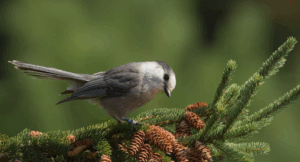
Birds may misinterpret artificial light at night as a longer period of daylight and begin migration earlier than species not exposed to artificial light. This migration mistiming means that the birds end up using up their energy reserves, putting them at risk of exhaustion, collision with buildings and other infrastructure and predation among others. This can be tackled through reducing light emission by dimming or turning off unnecessary lights, avoiding high-intensity lighting, or using light shielding among other measures.
To migratory birds through disrupting ecosystems, causing habitat loss and increasing predation and food competition, invasive species including cats, rats, and plants among others, pose significant threats. Chicks and adults, ultimately leading to population declines or even local extinctions. On migratory bird populations, it is vital to put in place effective programs that minimise the effect of these species.
Integrating biodiversity conservation into urban planning, protecting green spaces, and promoting wildlife friendly policies is imperative for protection of ecosystems that sustain biodiversity and human life. As we mark World Migratory Bird Day, let us remember that building bird friendly cities and communities is a shared responsibility, and we all can make a difference.

